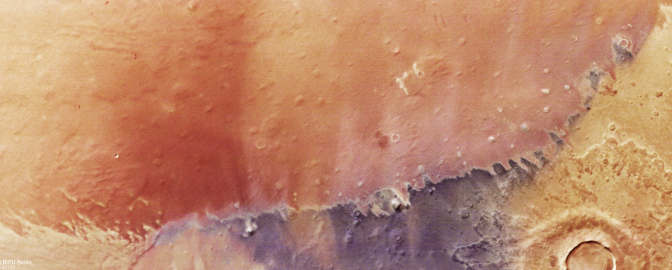What’s up in the night sky: December 2025
Welcome to our night sky monthly feature, where we focus on easy and fun things to see in the night sky, mostly with just your eyes. This month: the best meteor shower of the year, and a very bright Jupiter in the evening sky.
All month: Very bright Jupiter rises in the east in the mid-evening at the beginning of the month and early evening by the end of the month. It dominates the eastern sky, being more than twice as bright as Sirius, the brightest star in the sky, which is not too far away.
All month: Yellowish Saturn is high up in the early evening west.
The first half of the month: If you have a clear view to the eastern horizon, you can see Mercury low to the horizon in the pre-dawn.
Dec. 4: Full Moon.
Dec. 7: Mercury is at its greatest elongation west, so the highest it will be in the morning east during this appearance.

Dec. 7: Very bright Jupiter is somewhat near the Moon.

Dec. 13-14: The Geminid meteor shower peaks, with increased activity several days before and after. The Geminids are usually the best shower of the year, with 100 to 150 meteors per hour from a dark site. The crescent Moon will not rise until about 2:00 a.m., so there will be no interference from moonlight until then. So, go out and stare at the sky, preferably from a dark site.

Dec. 19: New Moon
Dec. 21: Solstice – winter begins in the northern hemisphere and summer in the southern hemisphere.
Dec. 26: Yellowish Saturn is somewhat near the almost first quarter Moon.
Learn more about the Night Sky
Our journey to know the Cosmos and our place within it starts right outside our windows, in the night sky. Get weekly reports on what's visible and learn how to become a better backyard observer.

Bruce Betts
Chief Scientist / LightSail Program Manager for The Planetary Society
Read more articles by Bruce Betts


 Explore Worlds
Explore Worlds Find Life
Find Life Defend Earth
Defend Earth


